The Best Quilting Fabrics to Use: An Overview
When it comes to quilting, the choice of fabric can make or break your project. Whether you're a seasoned quilter or just starting out, understanding the different types of fabrics available is crucial. Each fabric type has its own unique characteristics that can affect the look, feel, and durability of your quilt. In this article, we will explore various quilting fabrics, from the classic cotton to luxurious silk, and provide you with tips on how to choose the right one for your projects. So, grab your rotary cutter and let's dive into the colorful world of quilting fabrics!
Cotton fabrics are often the go-to choice for quilters, and for good reason. They are not only durable but also easy to work with, making them perfect for both beginners and experts alike. With an endless variety of prints and colors, you can easily find cotton fabrics that fit your personal style. When selecting cotton, look for a high thread count and a tight weave to ensure longevity and a smooth finish. Remember, the quality of your fabric will directly impact the quality of your quilt.
Next up, we have flannel fabrics. If you're looking to create a cozy quilt that feels like a warm hug, flannel is your best friend. These fabrics are soft and warm, making them ideal for chilly nights. However, working with flannel can be a bit tricky due to its tendency to stretch. To combat this, consider pre-washing your flannel and using a walking foot while sewing to prevent slipping. The end result will be a quilt that’s both snuggly and inviting.
Have you ever heard of batiks? These unique fabrics are created using a special dyeing process that results in vibrant colors and intricate patterns. Batiks are perfect for adding a splash of color and creativity to your quilts. Their tight weave also makes them durable, ensuring that your quilt will stand the test of time. When incorporating batiks into your designs, think about how their bold patterns can serve as focal points or complementary pieces within your quilt.
Muslin is another versatile fabric that deserves a spot in your quilting arsenal. Often used for backing or practice pieces, muslin is affordable and easy to find. While it may not have the same visual appeal as other fabrics, its utility is unmatched. You can use muslin to test out new patterns or techniques without the fear of wasting expensive fabric. Plus, muslin can be dyed or printed on, giving you the opportunity to customize your projects.
Panel fabrics are a fantastic way to add visual interest to your quilts. These fabrics feature printed designs that can serve as stunning focal points. Whether you choose a whimsical scene or a classic motif, panel fabrics can transform your quilt into a work of art. When using panel fabrics, consider how to arrange them within your quilt layout for maximum impact. You might even want to frame them with borders to highlight their beauty.
If you're looking to elevate your quilting game, silk fabrics are a luxurious option worth exploring. With their smooth texture and natural sheen, silk can add an elegant touch to any quilt. However, working with silk requires a bit more finesse, as it can be slippery and challenging to sew. To make the process easier, use a fine needle and a slow sewing speed. The end result will be a quilt that exudes sophistication and charm.
Denim fabrics are a sturdy choice that can bring a rustic vibe to your quilts. Not only are they durable, but they also add a unique texture that can make your quilt stand out. Denim can be used in various styles, from traditional patchwork to modern designs. When working with denim, keep in mind that it may require a heavier needle and a strong thread to handle its thickness. The result? A quilt that’s as tough as it is beautiful.
Lastly, let’s talk about blend fabrics. These fabrics combine different fibers to enhance durability and texture. A popular choice among quilters, blended fabrics can offer the best of both worlds—strength and softness. When selecting blend fabrics, pay attention to the fiber content to ensure it meets your project needs. Blends can also provide a unique aesthetic that pure fabrics may lack.
Choosing the right fabric is crucial for the success of your quilt. Consider the purpose of your quilt, the desired look, and how the fabric will behave during the quilting process. Always remember to pre-wash your fabrics to prevent shrinking and color bleeding. With the right fabric in hand, you're one step closer to creating a stunning quilt that you can cherish for years to come.
- What is the best fabric for beginners? Cotton is the most recommended fabric for beginners due to its ease of use and availability.
- Can I mix different fabric types in one quilt? Absolutely! Mixing fabrics can add texture and interest, just ensure they complement each other.
- How do I prevent fabric from fraying? Use a zigzag stitch or serger to finish the edges of your fabric pieces before sewing them together.
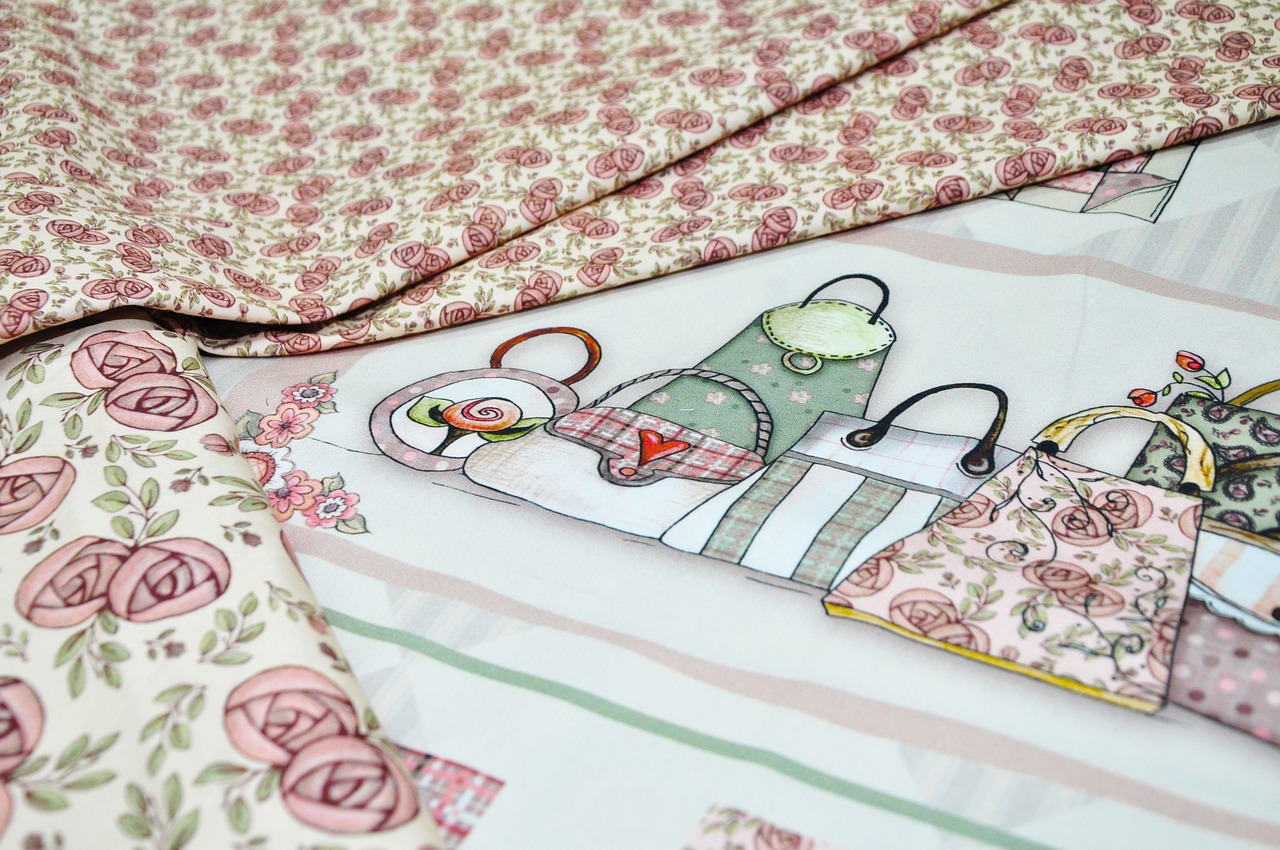
Cotton Fabrics
Cotton is the gold standard in the quilting world, and for good reason! When it comes to quilting fabrics, cotton reigns supreme due to its durability, ease of use, and the stunning variety of prints available. Imagine wrapping yourself in a quilt made from soft, breathable cotton on a chilly night; it’s pure bliss! Whether you’re a seasoned quilter or just starting, cotton fabrics are your best friends, offering both functionality and aesthetic appeal.
One of the most appealing aspects of cotton is its wide range of prints and colors. From vibrant florals to subtle pastels, the choices are virtually endless. This variety allows quilters to express their creativity and personal style. But how do you choose the right cotton fabric for your project? Here are a few tips:
- Thread Count: Look for fabrics with a higher thread count for better durability and a smoother finish.
- Print Quality: Ensure that the prints are clear and vibrant. Low-quality prints can fade and bleed over time.
- Fabric Weight: Choose a medium-weight cotton for most quilting projects, as it strikes a balance between drape and sturdiness.
When selecting cotton fabrics, it’s also important to consider the type of quilt you’re making. For instance, if you’re creating a quilt that will be washed frequently, opt for pre-washed cotton to avoid shrinkage. Additionally, think about the color palette you want to work with. A well-coordinated color scheme can elevate your quilt from ordinary to extraordinary!
Quality is key when it comes to cotton fabrics. Always purchase from reputable fabric stores or online retailers that specialize in quilting supplies. This way, you can be sure you’re getting high-quality materials that will stand the test of time. Remember, a quilt is not just a project; it’s a labor of love that can be cherished for generations.
In summary, cotton fabrics are the backbone of quilting. Their versatility, durability, and beautiful designs make them an essential choice for both beginners and experienced quilters. So, the next time you’re at the fabric store, don’t hesitate to explore the cotton aisle. You might just discover the perfect fabric that inspires your next quilting masterpiece!
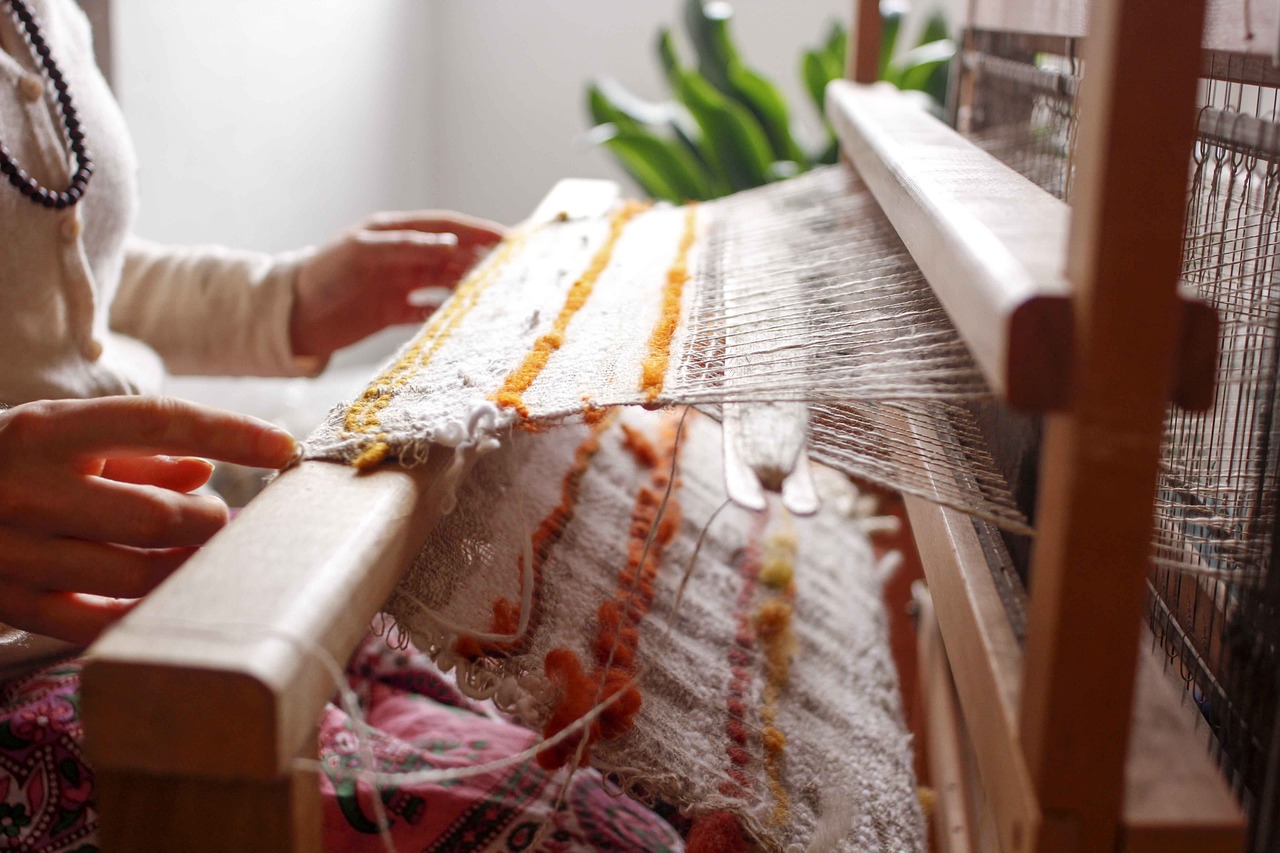
Flannel Fabrics
When it comes to creating cozy quilts that wrap you in warmth, are a top choice for many quilters. The soft, brushed texture of flannel not only feels delightful against the skin but also provides an extra layer of insulation, making it an ideal fabric for those chilly nights. Imagine snuggling under a quilt that feels like a gentle hug; that’s the magic of flannel! It's perfect for everything from baby blankets to lap quilts, and it’s particularly popular in the fall and winter months.
One of the standout features of flannel is its breathability. Unlike some heavier fabrics, flannel allows air to circulate, ensuring that you stay warm without overheating. This characteristic is particularly beneficial for quilts that will be used year-round. Additionally, flannel is available in a wide range of colors and patterns, from classic plaids to whimsical prints, allowing you to express your creativity in every stitch.
However, working with flannel does come with its own set of challenges. For instance, flannel can be a bit slippery when cutting and sewing, which may lead to uneven seams. To combat this, consider using a rotary cutter and mat, as they provide more control compared to traditional scissors. It's also advisable to wash your flannel before you start sewing. This not only pre-shrinks the fabric but also removes any chemicals or dyes that could affect the final product.
Here are some key tips for working with flannel:
- Use a walking foot: This helps to evenly feed the fabric through your sewing machine, preventing it from slipping.
- Pin generously: Since flannel can shift easily, using plenty of pins will help keep your pieces aligned.
- Choose the right thread: Opt for a cotton or polyester thread that can handle the bulk of the flannel without breaking.
In terms of care, flannel quilts are generally easy to maintain. They can be machine washed on a gentle cycle, and tumble dried on low heat. Just be sure to check the specific care instructions on your fabric, as some flannels may have unique requirements. Overall, flannel fabrics add a delightful touch to any quilting project, combining warmth, comfort, and style in one beautiful package.
So, whether you're crafting a quilt for yourself or as a gift, consider using flannel fabrics to create something special that will be cherished for years to come. After all, there’s nothing quite like the feeling of wrapping yourself in a quilt made from soft, cozy flannel!

Batiks
When it comes to quilting, batik fabrics stand out like a vibrant splash of color on a canvas. Known for their unique dyeing process, batiks are created using a method that involves applying wax to the fabric before dyeing it. This technique results in stunning, intricate patterns and a rich palette of colors that can transform any quilt into a work of art. The beauty of batiks lies not only in their appearance but also in their versatility; they can be used in a variety of quilting styles, from traditional to modern.
One of the most remarkable features of batik fabrics is their durability. Made from high-quality cotton, these fabrics are often tightly woven, which means they can withstand the rigors of quilting without fraying or losing their shape. This makes batiks an excellent choice for quilts that will be used frequently or passed down through generations. Plus, the unique dyeing process ensures that the colors remain vibrant even after multiple washes, so your quilt will look as good as new for years to come.
Incorporating batiks into your quilting projects can elevate the overall aesthetic. Here are some tips for working with batiks:
- Mix and Match: Batiks come in a plethora of colors and patterns, making it easy to mix and match different fabrics within a single quilt. Don't be afraid to experiment with contrasting colors or complementary shades to create visual interest.
- Use as Focal Points: Consider using batik fabrics as focal points in your quilt design. Their intricate patterns can draw the eye and create a stunning centerpiece for your quilt.
- Pair with Solids: To let the batiks shine, pair them with solid fabrics. This contrast can help highlight the beauty of the batik patterns and prevent the quilt from looking too busy.
When selecting batik fabrics, it's essential to consider the weight and feel of the fabric. Some batiks are lighter and more delicate, while others are heavier and sturdier. Depending on your project, you may want to choose a fabric that complements the overall design and intended use of the quilt. Additionally, always check that the colors and patterns resonate with your vision; after all, the right fabric can make or break your quilting masterpiece.
In conclusion, batik fabrics are a fantastic choice for quilters looking to add a touch of artistry and depth to their projects. With their vibrant colors, unique patterns, and durability, batiks can help you create stunning quilts that are as beautiful as they are functional. So, the next time you're browsing through fabric stores or online shops, don't overlook the enchanting world of batiks; they might just inspire your next quilting adventure!
1. What are batik fabrics made from?
Batik fabrics are typically made from high-quality cotton, which is dyed using a unique wax-resist dyeing technique.
2. How do I care for batik quilts?
To care for batik quilts, wash them in cold water with a gentle detergent and avoid bleach. Dry them on a low setting or line dry to preserve the colors and patterns.
3. Can I mix batiks with other fabric types?
Yes! Batiks can be mixed with other cotton fabrics, and they can also be paired with solids to create a balanced look in your quilting projects.
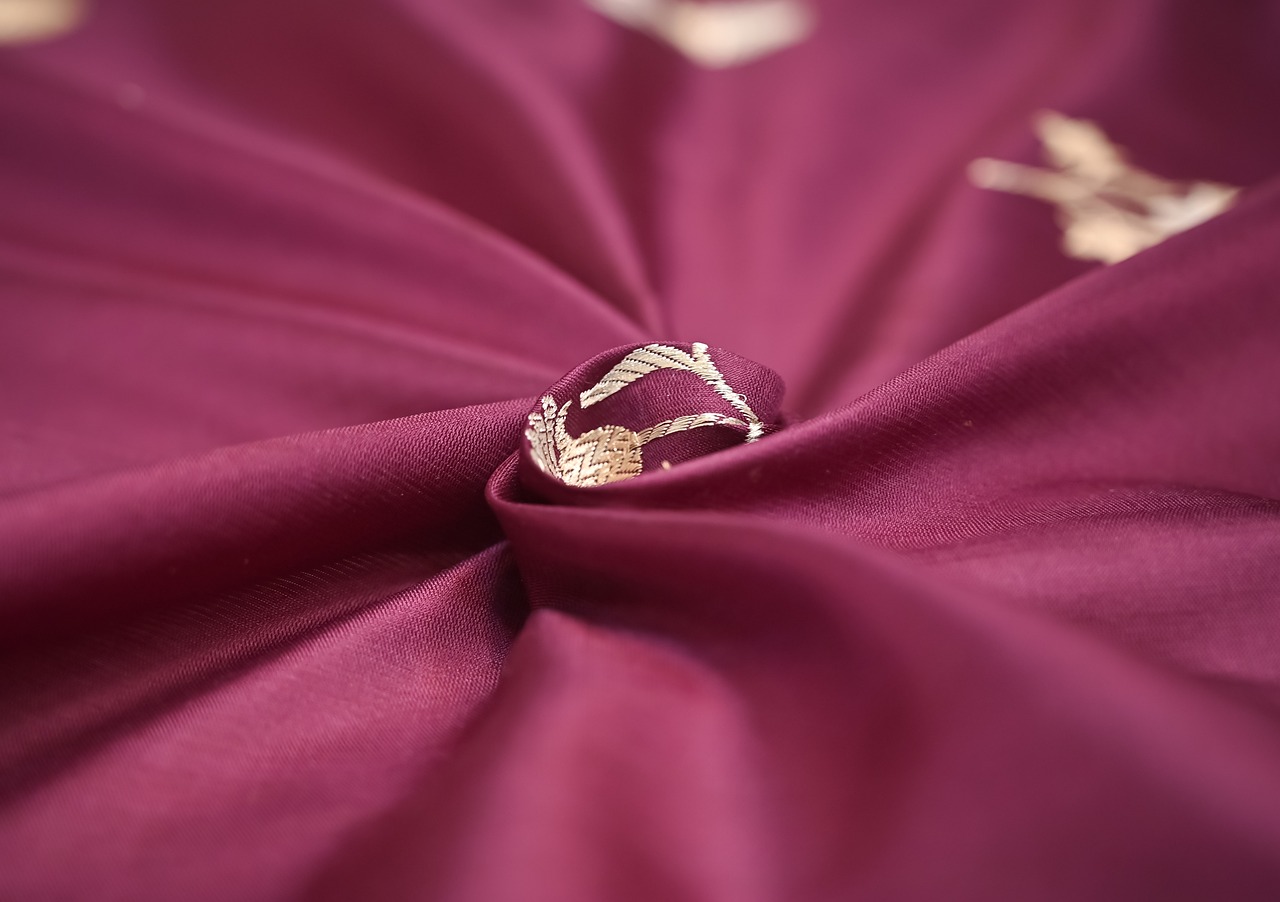
Muslin
When it comes to quilting, is often the unsung hero of the fabric world. This versatile material is a staple in many quilters' stashes, and for good reason! Muslin is a plain weave cotton fabric that comes in various weights, making it perfect for a multitude of quilting projects. Whether you're looking for a reliable backing fabric or a low-cost option for practice pieces, muslin has got you covered.
One of the standout features of muslin is its affordability. It's typically less expensive than other quilting fabrics, which makes it an excellent choice for beginners who may want to experiment without breaking the bank. Additionally, muslin's natural color allows it to blend seamlessly with other fabrics, making it an ideal choice for quilt backs. You can easily dye or paint muslin to match your project, opening up a world of creative possibilities!
But wait, there’s more! Muslin is also breathable and lightweight, which means it can help keep your quilts feeling cozy without being overly heavy. Many quilters use muslin as a practice fabric for their quilt tops, allowing them to perfect their techniques before cutting into their more expensive materials. It's like having a dress rehearsal before the big show!
When working with muslin, there are a few tips to keep in mind:
- Pre-wash your muslin: This step is crucial to prevent any shrinkage after you've constructed your quilt. Washing also helps to soften the fabric, making it easier to work with.
- Use a good quality muslin: Not all muslin is created equal. Look for a higher thread count for a smoother finish and better durability.
- Experiment with colors: Since muslin is a blank canvas, don’t hesitate to dye or paint it to match your quilt’s theme. You might discover a new favorite technique!
In summary, muslin is a fantastic fabric choice for quilting enthusiasts at all levels. Its affordability, versatility, and ease of use make it a valuable addition to your fabric collection. So, whether you're backing a cozy quilt or practicing your piecing skills, muslin is definitely worth considering!
Q: Can I use muslin for quilt tops?
A: Absolutely! Muslin can be used for quilt tops, especially if you're looking for a more rustic or simple aesthetic. However, many quilters prefer to use it for backs or practice pieces.
Q: How do I prepare muslin before quilting?
A: It's best to pre-wash muslin to remove any sizing and prevent shrinkage. After washing, press it to eliminate wrinkles and ensure a smooth sewing experience.
Q: Is muslin durable enough for quilts?
A: Yes, muslin is quite durable, especially when you choose a higher quality option. It holds up well over time, making it a great choice for quilt backs.
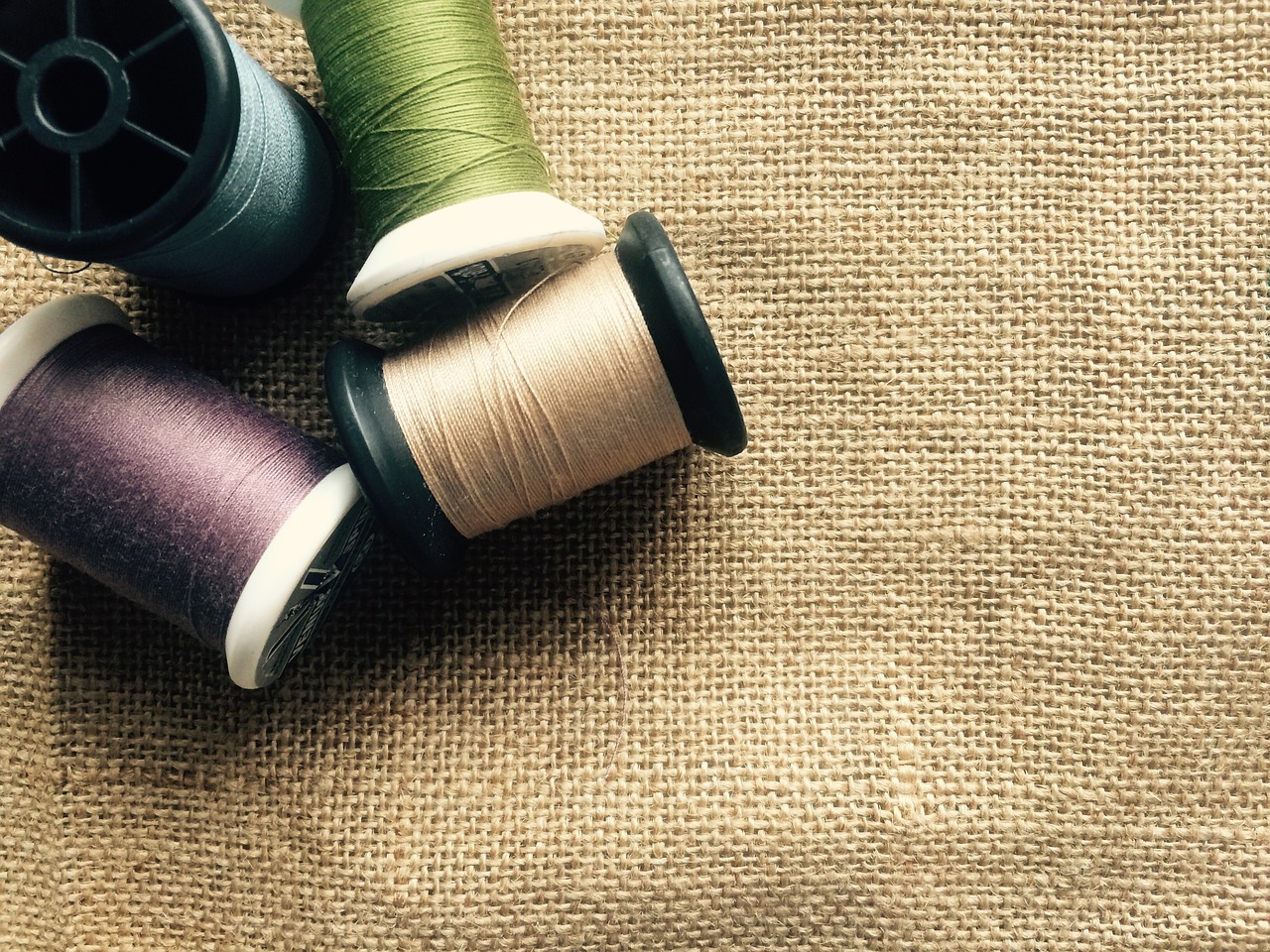
Panel Fabrics
Panel fabrics are a delightful addition to the quilting world, offering unique opportunities to create stunning quilts with minimal effort. These fabrics feature printed designs that can serve as focal points in your quilts, transforming a simple project into a captivating masterpiece. Imagine walking into a room and being greeted by a quilt that tells a story or showcases vibrant artwork! That's the magic of panel fabrics.
One of the best aspects of panel fabrics is their versatility. They come in various themes, from whimsical animals and floral patterns to geometric shapes and holiday motifs. This variety allows quilters to express their creativity and personalize their projects. Additionally, panel fabrics are often designed to be cut and sewn easily, making them perfect for both beginners and seasoned quilters alike.
When working with panel fabrics, it’s essential to consider how to best incorporate them into your quilt design. Here are a few tips to help you maximize the potential of these beautiful fabrics:
- Choose a Theme: Select a panel that resonates with the theme of your quilt. Whether it’s a cozy winter scene or a vibrant summer garden, the right panel can set the tone for your entire project.
- Layout Planning: Before cutting, lay out your panel alongside other fabrics to visualize how they interact. This step can save you time and help you create a balanced design.
- Bordering: Adding borders around your panel can enhance its visual appeal. Experiment with different colors and patterns to see what complements your panel best.
Another exciting aspect of panel fabrics is their potential for creativity. You can use them as the main feature of your quilt or break them down into smaller pieces to create a patchwork effect. For instance, you might cut a panel into sections and mix them with coordinating fabrics to create a quilt that’s both cohesive and dynamic. The possibilities are truly endless!
Moreover, panel fabrics can be used in various quilting techniques, from traditional piecing to modern quilting styles. They can also be incorporated into other projects such as wall hangings, tote bags, or even home décor items. The beauty of panel fabrics lies in their ability to inspire creativity and innovation in your quilting journey.
In conclusion, panel fabrics are a fantastic choice for quilters looking to add a unique touch to their projects. With their vibrant designs and ease of use, they can transform your quilting experience. So, the next time you’re browsing for fabrics, keep an eye out for those eye-catching panels that could be the centerpiece of your next quilt!
Q: What are panel fabrics?
A: Panel fabrics are specially printed fabrics that feature large designs or motifs, which can be used as focal points in quilts.
Q: Can I use panel fabrics in any quilting project?
A: Absolutely! Panel fabrics are versatile and can be used in various quilting styles, including traditional and modern techniques.
Q: How do I choose the right panel fabric?
A: Consider the theme of your quilt and how the panel will interact with other fabrics. Look for colors and designs that complement your overall vision.
Q: Do I need special tools to work with panel fabrics?
A: No special tools are required, but having a good rotary cutter and mat can help you cut your panel accurately and efficiently.
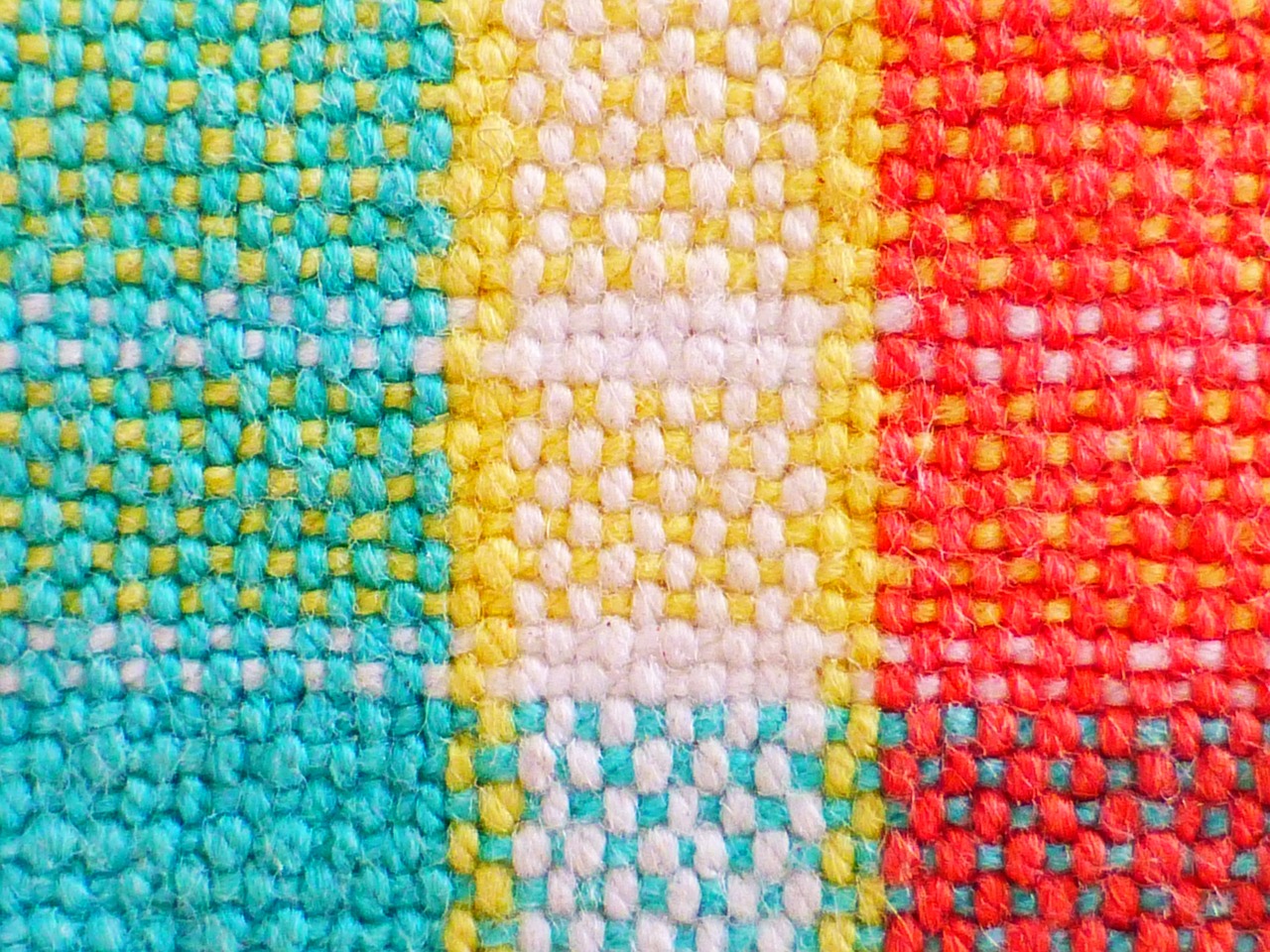
Silk Fabrics
When it comes to quilting, are like the cherry on top of a delicious sundae. They add a touch of luxury and elegance that can transform any quilt into a stunning piece of art. The smooth texture and natural sheen of silk can make your quilts feel as if they belong in a high-end gallery. However, working with silk requires a bit of finesse and understanding to truly harness its beauty. So, let’s dive into the wonderful world of silk and explore why it deserves a spot in your quilting arsenal.
One of the most appealing aspects of silk is its vibrant color retention. The dyeing process for silk allows for rich, deep colors that can’t be easily matched by other fabrics. This means that when you incorporate silk into your quilts, you’re not just adding a fabric; you’re adding visual depth and a luxurious feel that’s hard to replicate. Think of silk as the jewelry of the fabric world—it can elevate the entire look of your project.
However, before you rush out to buy silk, it's essential to know that it comes in various types, each with its unique characteristics. Here’s a quick overview:
| Type of Silk | Characteristics |
|---|---|
| Charmeuse | Soft, luxurious, drapes beautifully |
| Silk Satin | Shiny on one side, matte on the other; great for formal quilts |
| Silk Organza | Stiff and sheer; perfect for overlays and accents |
When working with silk, you’ll want to keep a few tips in mind to ensure your quilting experience is smooth and enjoyable:
- Use a fine needle: A sharp needle is crucial to avoid snagging the delicate fibers.
- Stabilize your fabric: Consider using a light fusible interfacing to prevent slipping while sewing.
- Pre-wash with care: Always test a small piece first, as some silks may bleed or shrink.
While silk can be a bit tricky to work with, the results are often worth the effort. Imagine wrapping yourself in a quilt that not only keeps you warm but also feels luxurious against your skin. That’s the magic of silk! Plus, when combined with other fabrics, silk can create stunning contrasts and textures that can elevate your quilt to a whole new level.
Incorporating silk into your quilting projects opens up a world of creative possibilities. Whether you’re making a quilt for a special occasion or simply want to indulge in something beautiful for your home, silk can be the perfect choice. Just remember to embrace its delicate nature and treat it with the care it deserves. With a little patience and practice, you’ll find that silk can be not just a fabric, but a true artistic partner in your quilting journey.
Q: Can I wash silk quilts in the machine?
A: It’s best to hand wash silk quilts or use a gentle cycle with cold water. Always refer to the care instructions for the specific type of silk.
Q: Is silk more expensive than other quilting fabrics?
A: Yes, silk tends to be more expensive than cotton or flannel, but the luxurious feel and aesthetic it adds to your quilts can be well worth the investment.
Q: Can I mix silk with other fabrics?
A: Absolutely! Mixing silk with cotton or other fabrics can create beautiful contrasts and enhance the overall design of your quilt.

Denim Fabrics
Denim fabrics are not just for jeans anymore; they have found a charming place in the world of quilting. Imagine the sturdy, rugged texture of denim combined with the artistic flair of quilting—it's a match made in fabric heaven! Denim brings a unique aesthetic that can transform your quilts into stunning pieces of art. With its durability, denim is perfect for creating quilts that can withstand the test of time, making it an excellent choice for both everyday use and decorative purposes.
One of the most appealing aspects of denim is its versatility. You can use it in a variety of quilting styles, from rustic farmhouse looks to modern chic designs. The fabric's weight and thickness offer a wonderful contrast to lighter fabrics, allowing you to experiment with layering. Plus, denim comes in various shades, from deep indigo to light washes, providing endless creative possibilities. Whether you're aiming for a monochromatic theme or a vibrant patchwork, denim can be the star of your quilt.
When working with denim, there are a few tips to keep in mind. First, consider the weight of the denim. Heavier denims can be challenging to work with, especially if you're using a standard sewing machine. A walking foot can help manage the fabric layers, ensuring even feeding through the machine. Additionally, pre-washing your denim is crucial to avoid shrinkage later on. This step also helps to soften the fabric, making it easier to handle during the quilting process.
Another important aspect is the potential for fraying. Denim can fray quite a bit, so using a zigzag stitch or a serger can help secure the edges and prevent this issue. If you're looking to add a unique flair to your quilt, consider using raw edges for a frayed look, which can give your quilt a rustic and cozy vibe. You can also mix denim with other fabrics, creating an interesting contrast in texture and color that adds depth to your design.
Lastly, remember that denim is not just about aesthetics; it also tells a story. Each piece of denim carries with it a history, whether it's from an old pair of jeans or a vintage jacket. Incorporating these fabrics into your quilts can add a personal touch, making your project not just a quilt but a tapestry of memories. So, why not dig through your wardrobe or visit a thrift store to find some unique denim pieces? You might be surprised by the treasures you can uncover!
- Can I use any type of denim for quilting? Yes, but it's best to choose medium to lightweight denim for easier handling and sewing.
- How do I prevent my denim quilt from being too heavy? Consider mixing denim with lighter fabrics or using a thinner denim to balance the weight.
- What is the best way to wash a denim quilt? Wash it in cold water on a gentle cycle to preserve the fabric and prevent fading.
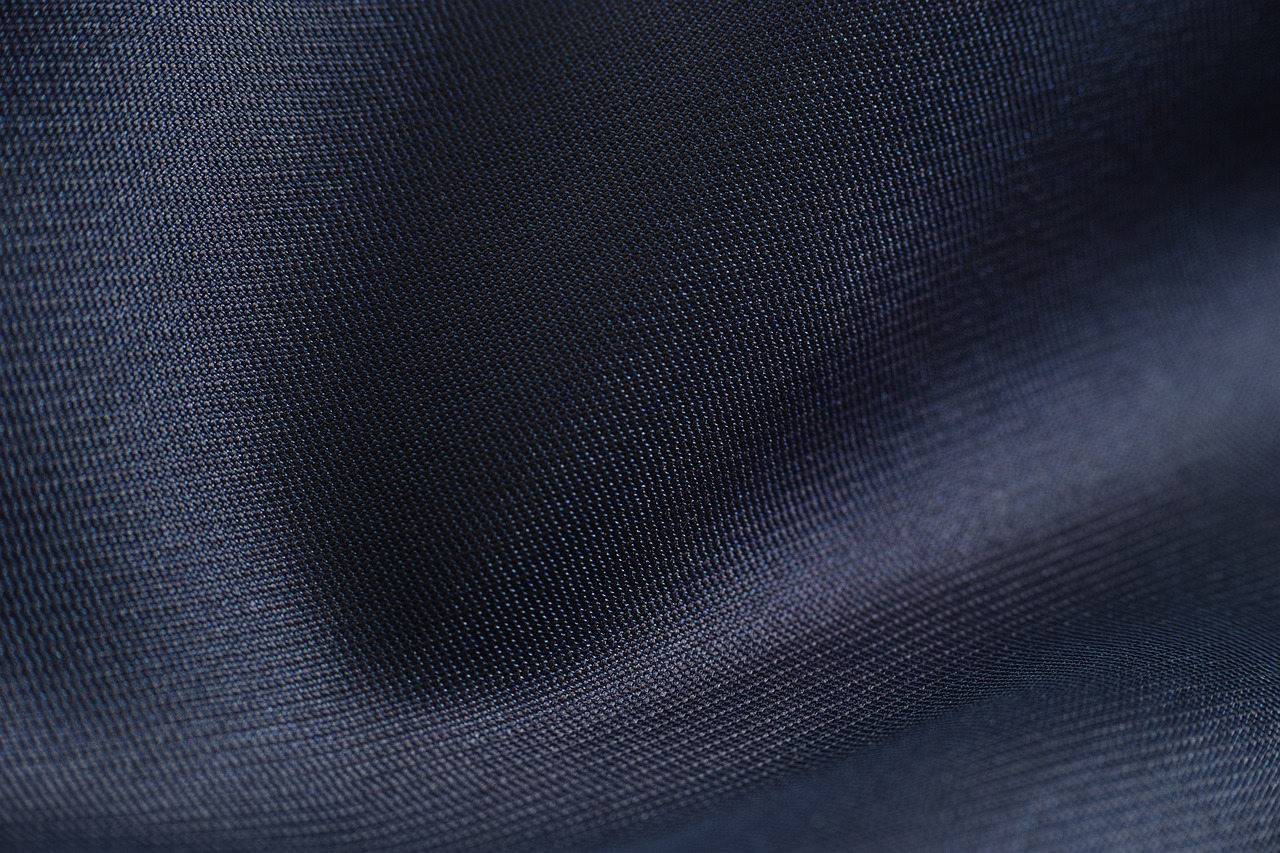
Blend Fabrics
When it comes to quilting, are an absolute game-changer. These fabrics combine different fibers, such as cotton and polyester, to create a material that not only enhances durability but also adds a unique texture to your quilts. Imagine the possibilities when you can mix the softness of cotton with the resilience of synthetic fibers! Blend fabrics are perfect for quilters looking to create stunning pieces that stand the test of time.
One of the main advantages of using blend fabrics is their versatility. Depending on the blend ratio, you can achieve various qualities, from breathability to water resistance. For example, a cotton-polyester blend often results in a fabric that is easier to care for, making it ideal for quilts that will see a lot of use. Not to mention, these fabrics can come in a wide array of colors and patterns, allowing quilters to express their creativity without limits.
When selecting blend fabrics for your quilting projects, it's important to consider a few key factors:
- Fabric Weight: Heavier blends may be more durable but can also be less flexible. Lighter blends are easier to work with but may not hold up as well over time.
- Texture: The feel of the fabric can greatly affect the overall look and comfort of your quilt. Don't hesitate to touch and feel the fabric before purchasing!
- Care Instructions: Always check how the fabric blends behave during washing and drying. Some may require special care to maintain their appearance.
Another exciting aspect of blend fabrics is their ability to hold dye exceptionally well, resulting in vibrant colors that can make your quilt pop. This characteristic is particularly beneficial for those who love to experiment with bold patterns and designs. Just think about how a quilt made with a colorful blend fabric can brighten up a room or serve as a stunning centerpiece on a bed!
However, working with blend fabrics does come with its own set of challenges. For instance, the different fibers can react differently to heat and moisture, which means you might need to adjust your quilting techniques. It's advisable to test a small piece before diving into a larger project, ensuring that your sewing machine handles the fabric well and that your seams hold strong.
In summary, blend fabrics are a fantastic choice for quilters who are looking to enhance their projects with durability and unique textures. Whether you're making a cozy throw or a stunning wall hanging, these fabrics can elevate your work to the next level. So next time you're at the fabric store, don't overlook the blend options; they might just be the secret ingredient your quilts have been missing!
1. What are blend fabrics made of?
Blend fabrics are typically made by combining two or more different fibers, such as cotton, polyester, or rayon, to create a fabric with enhanced properties.
2. Are blend fabrics suitable for all quilting projects?
Yes! Blend fabrics can be used for various quilting projects, but it's essential to consider the specific characteristics of the blend to ensure it meets your project's needs.
3. How do I care for quilts made from blend fabrics?
Always refer to the care instructions provided by the fabric manufacturer. Generally, blend fabrics are machine washable, but some may require special care to maintain their appearance.
4. Can I mix blend fabrics with other types of fabrics?
Absolutely! Mixing blend fabrics with other fabric types can create interesting textures and looks. Just be mindful of the different properties of each fabric when sewing.
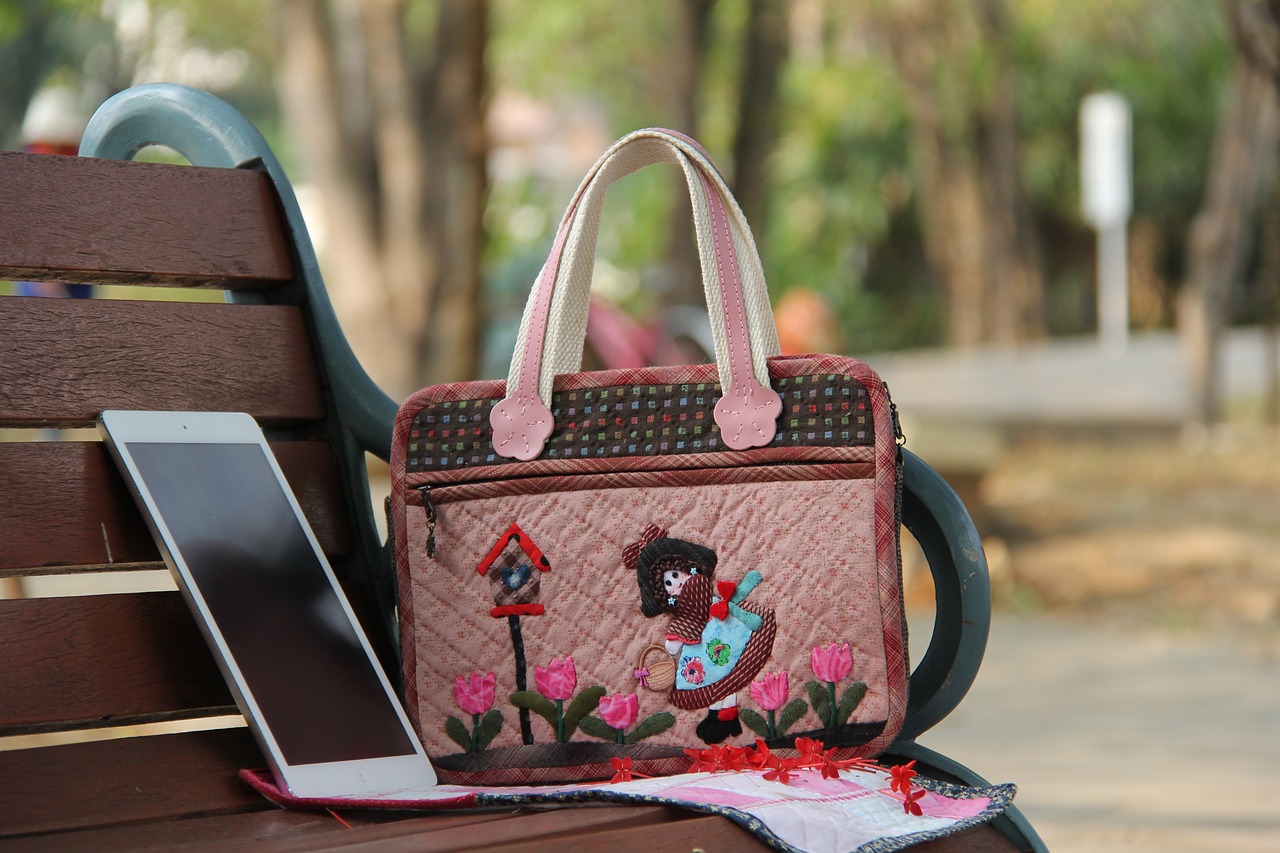
Choosing the Right Fabric
When it comes to quilting, choosing the right fabric is crucial for the overall success of your project. It’s like picking the perfect ingredients for a recipe; the quality and type of fabric can make or break your quilt. With so many options available, how do you narrow it down? First, consider the purpose of your quilt. Are you making a cozy throw for chilly evenings, or a decorative piece for your living room? Understanding the end goal will guide you in selecting the most suitable fabric.
Next, think about the texture and feel of the fabric. For instance, if you want a soft, snuggly quilt, flannel or cotton is your best bet. On the other hand, if you’re looking for something luxurious, silk could be the way to go. Each fabric type has its own unique characteristics, and it’s essential to choose one that aligns with your vision. If you're unsure, don't hesitate to visit a local fabric store to feel the fabrics in person. Sometimes, the touch can tell you more than any description ever could!
Another important factor is the color and print. The colors should complement each other and fit the theme you’re aiming for. If you’re incorporating various fabrics, make sure they harmonize well. You might want to create a color palette beforehand, which can help in visualizing how different fabrics will come together. Remember, contrasting colors can add excitement, while similar shades create a more cohesive look.
In addition to these considerations, it’s wise to pay attention to the fabric weight. Different quilting techniques may require different weights. For example, if you’re planning to use intricate piecing methods, lighter fabrics may work better, while heavier fabrics, like denim, can add structure and durability. A tip here is to always check the fabric's thread count; higher thread counts usually indicate better quality and durability.
Lastly, consider the care instructions for the fabric. Some fabrics may require special washing conditions or might shrink after the first wash. Always read the labels and, if possible, pre-wash your fabrics before starting your project. This way, you can avoid any unpleasant surprises down the line.
In summary, choosing the right fabric is a blend of personal preference and practical considerations. Here’s a quick recap of what to keep in mind:
- Purpose of the quilt
- Texture and feel
- Color and print
- Fabric weight
- Care instructions
By keeping these factors in mind, you'll be well on your way to selecting the perfect fabrics that will not only enhance your quilt's beauty but also ensure its longevity.
Q: What is the best fabric for beginners?
A: Cotton is often recommended for beginners due to its ease of use, availability, and variety of prints.
Q: Can I mix different fabric types in a quilt?
A: Absolutely! Just ensure that the fabrics you choose work well together in terms of weight and care instructions.
Q: How do I prevent my fabric from shrinking?
A: Pre-washing your fabrics before you start quilting is the best way to prevent shrinkage after your quilt is completed.
Q: What are batik fabrics?
A: Batik fabrics are made using a unique dyeing process that results in vibrant colors and intricate patterns, making them a popular choice for quilts.
Frequently Asked Questions
- What is the best fabric for quilting?
The best fabric for quilting is typically 100% cotton. It's durable, easy to sew, and available in a wide variety of prints and colors. Cotton fabrics provide excellent stitch definition and hold up well over time, making them a favorite among quilters.
- Can I use flannel for quilting?
Absolutely! Flannel is a wonderful choice for quilting, especially for cozy quilts. Its softness and warmth make it perfect for cooler weather projects. Just remember that flannel can stretch a bit more than cotton, so be sure to adjust your sewing techniques accordingly.
- What are batik fabrics?
Batik fabrics are created using a unique dyeing process that involves applying wax to the fabric before dyeing. This method results in stunning, vibrant colors and intricate patterns. Batiks can add a beautiful touch to any quilt and are great for both traditional and modern designs.
- Is muslin a good choice for quilt backing?
Yes, muslin is an excellent option for quilt backing. It's affordable, versatile, and provides a smooth surface for your quilting stitches. Additionally, muslin can be used for practice pieces, making it a practical choice for beginners to hone their skills.
- How do I incorporate panel fabrics into my quilts?
Panel fabrics are printed with designs that can serve as focal points in your quilts. You can use them as the center of your quilt or cut them into smaller pieces to create a patchwork effect. Get creative and mix them with other fabrics to add visual interest!
- Can silk be used in quilting?
Yes, silk can definitely be used in quilting! It adds a luxurious touch with its smooth texture and sheen. However, silk can be slippery and may require special handling, so be sure to use a walking foot and practice your techniques before diving into a full quilt.
- Is denim suitable for quilting?
Denim can be a fantastic choice for quilting! It's durable and gives a rustic look to your projects. Just keep in mind that denim is heavier than typical quilting cotton, so you may need to adjust your sewing machine settings and needle type accordingly.
- What are blend fabrics in quilting?
Blend fabrics are made from a combination of different fibers, such as cotton and polyester. They offer enhanced durability and texture, making them a great option for quilts that will see heavy use. When choosing blend fabrics, look for those that maintain a good balance of comfort and stability.
- How do I choose the right fabric for my quilt?
Choosing the right fabric is crucial for your quilt's success. Consider factors such as the quilt's purpose, desired texture, and color scheme. It's also important to think about how the fabric will behave during washing and use. Don't hesitate to feel the fabric and see how it drapes before making a decision!



















